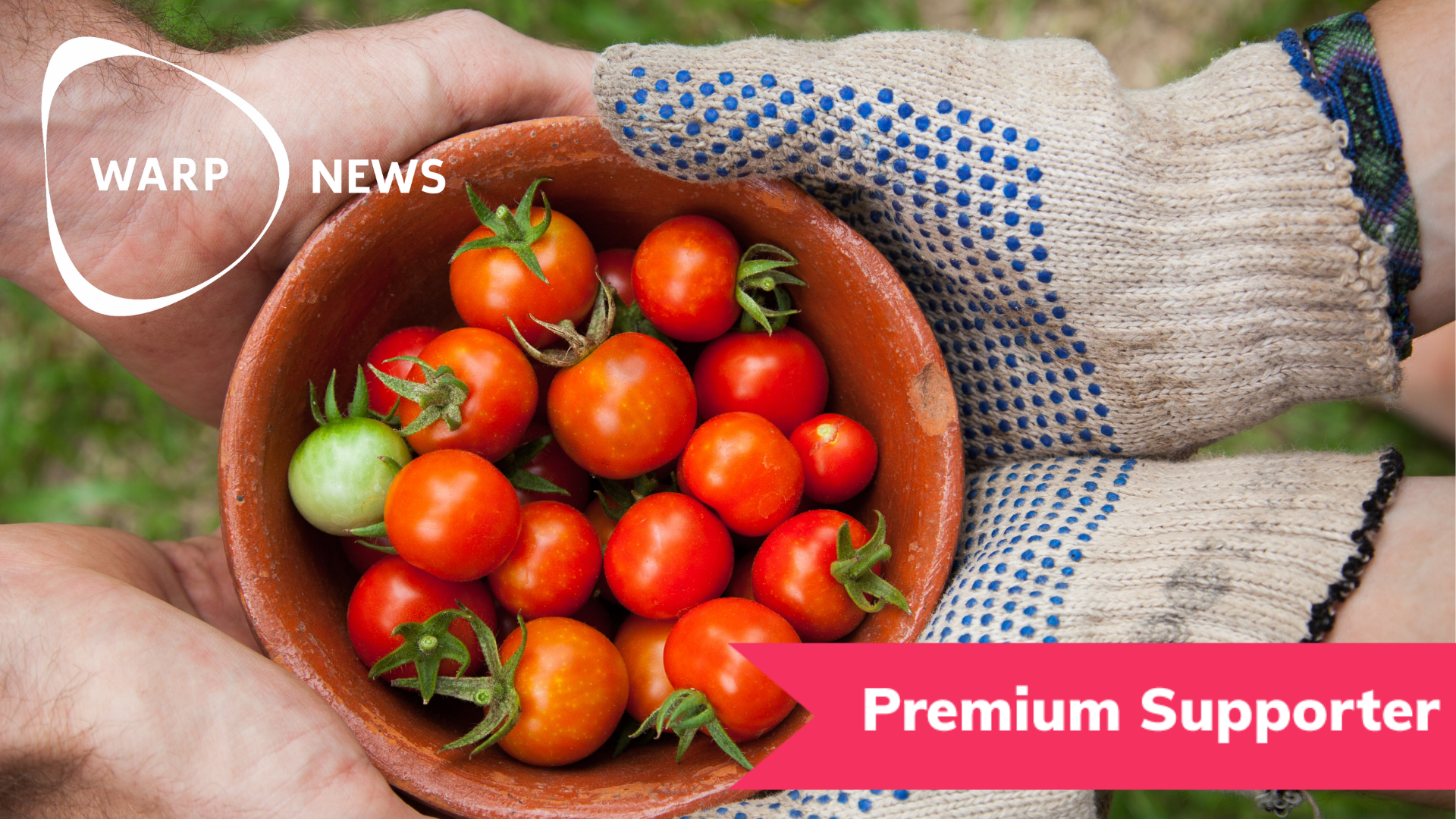
🧬 RNA could replace pesticides
By using RNA to knock out genes in leaf mold, it is possible to get cheaper and more environmentally friendly control of potato leaf mold.
Share this story!
Potato leaf mold is a scourge for potato growers. The mold attacks the potato tops and can completely destroy the tops if the mold is not controlled. Chemical pesticides are generally used to get rid of potato leaf mold, but the agents are expensive and have a significant negative environmental impact.
Now, however, a research group from the Swedish University of Agricultural Sciences, SLU, has developed a cheaper and more environmentally friendly method. Instead of toxins, researchers use RNA.
For the sake of simplicity, let's say that genes produce different types of RNA, including small RNA, sRNA, and double-stranded RNA, dsRNA. These RNA types regulate or block the production of proteins. The whole phenomenon goes by the name RNA interference, RNAi.
The researchers have used this to knock out genes in the leaf mold and thus prevent it from damaging the potato tops.
"The idea in the project was to produce dsRNA in a lab that can stop the expression of the genes that in the pest are necessary to cause potato leaf mold and then spray it on the potato leaves as protection. In this way, the pest is prevented during the infection phase, so that the disease never breaks out. This is called spray-induced gene quenching technology", says Ramesh Vetukuri, associate professor and leader of the research group, in a press release.
Tests showed that dsRNA spraying reduced the attacks of potato leaf mold by 50–75 percent. When the researchers combined dsRNA with clay nanoparticles, which protect dsRNA against degradation, the protection became almost 100 percent.
"Several treatments with dsRNA will be needed during the potato growing season. We have received funding to investigate how many treatments are needed in the field", says Ramesh Vetukuri.
The researchers will now proceed with attempts to develop the processes necessary for the mass production of their dsRNA. They will also investigate whether the same technology can fight diseases in strawberries, wheat, and barley.
Image: Pixabay / WikimediaImages
By becoming a premium supporter, you help in the creation and sharing of fact-based optimistic news all over the world.


